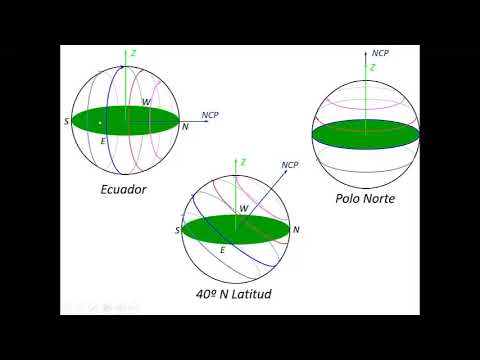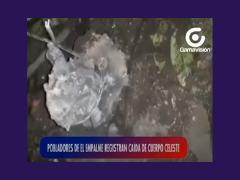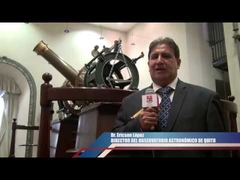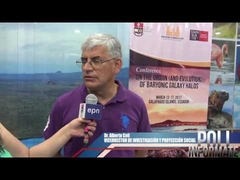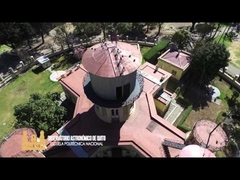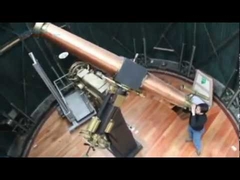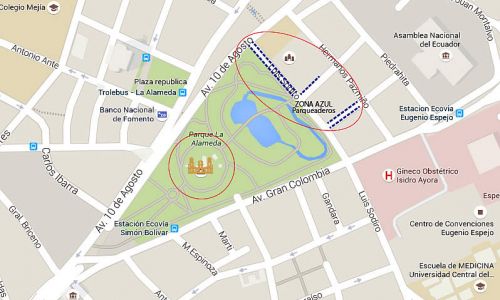Structure and kinematics of shocked gas in Sgr B2: further evidence of a cloud-cloud collision from SiO emission maps
Abstract
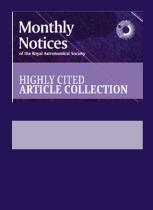
We present SiO J=2-1 maps of the Sgr B2 molecular cloud, which show shocked gas with a turbulent substructure comprising at least three cavities at velocities of [10,40]kms−1 and an arc at velocities of [−20,10]kms−1. The spatial anti-correlation of shocked gas at low and high velocities, and the presence of bridging features in position-velocity diagrams suggest that these structures formed in a cloud-cloud collision. Some of the known compact HII regions spatially overlap with sites of strong SiO emission at velocities of [40,85]kms−1, and are between or along the edges of SiO gas features at [100,120]kms−1, suggesting that the stars responsible for ionizing the compact HII regions formed in compressed gas due to this collision. We find gas densities and kinetic temperatures of the order of nH2∼105cm−3 and ∼30K, respectively, towards three positions of Sgr B2. The average values of the SiO relative abundances, integrated line intensities, and line widths are ∼10−9, ∼11Kkms−1, and ∼31kms−1, respectively. These values agree with those obtained with chemical models that mimic grain sputtering by C-type shocks. A comparison of our observations with hydrodynamical simulations shows that a cloud-cloud collision that took place ≲0.5Myr ago can explain the density distribution with a mean column density of N¯H2≳5×1022cm−2, and the morphology and kinematics of shocked gas in different velocity channels. Colliding clouds are efficient at producing internal shocks with velocities ∼5−50kms−1. High-velocity shocks are produced during the early stages of the collision and can readily ignite star formation, while moderate- and low-velocity shocks are important over longer timescales and can explain the widespread SiO emission in Sgr B2.



